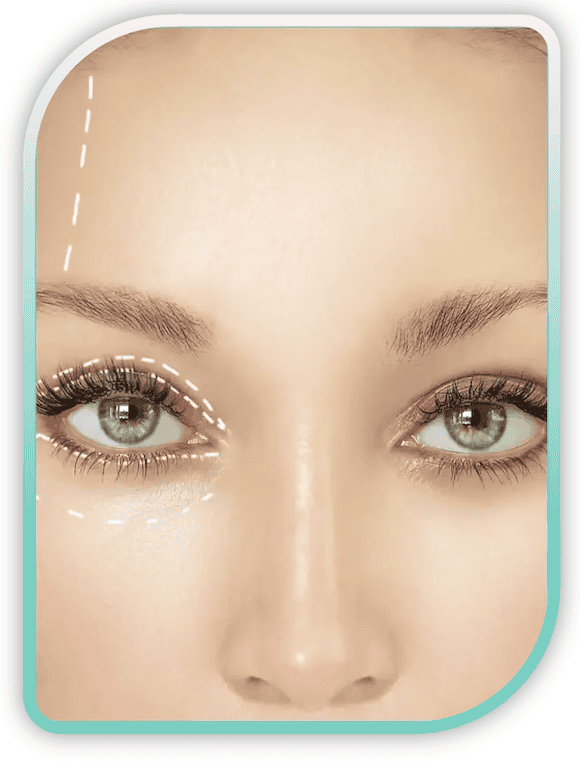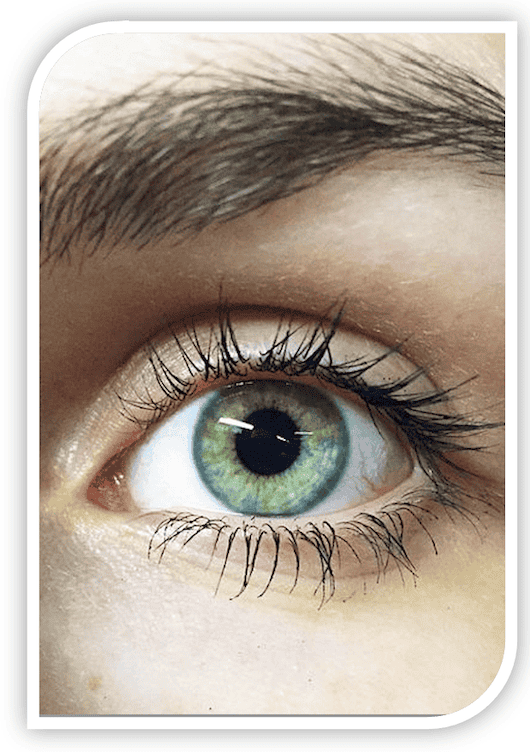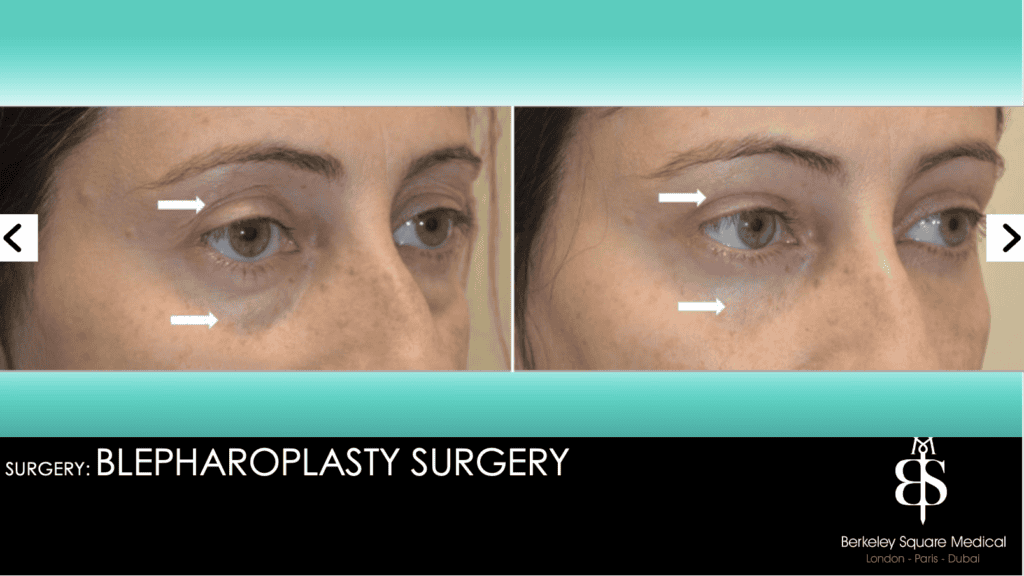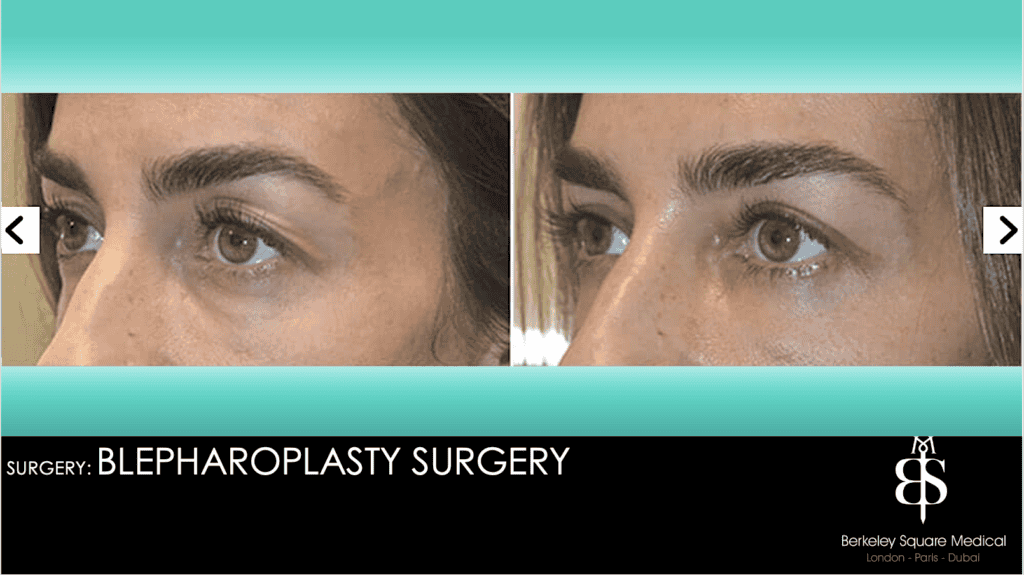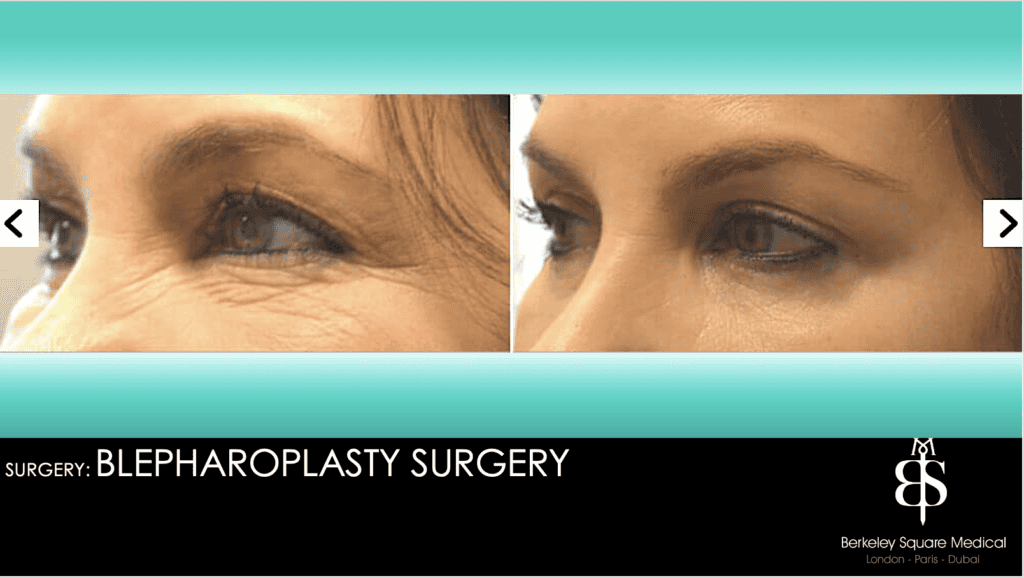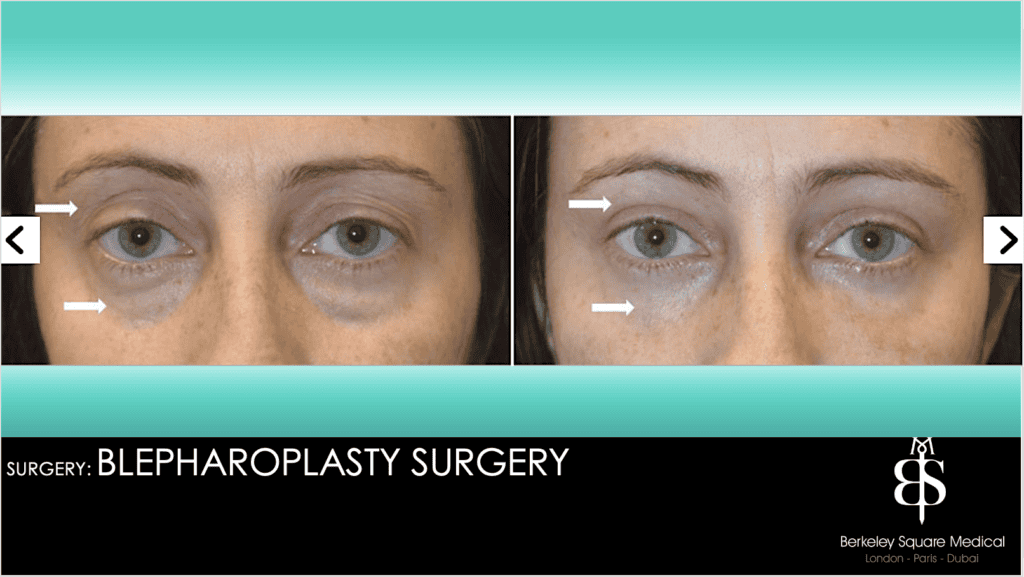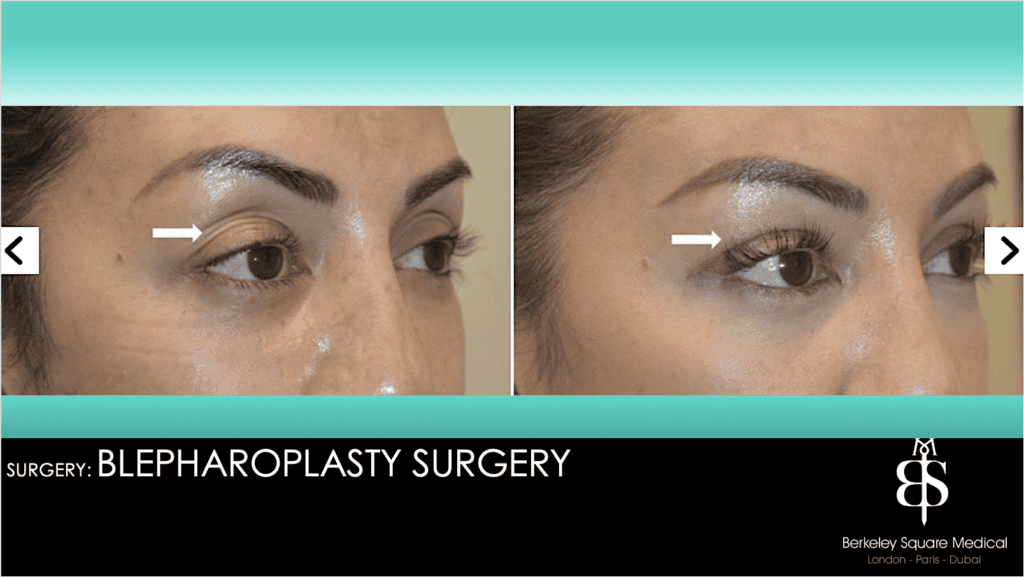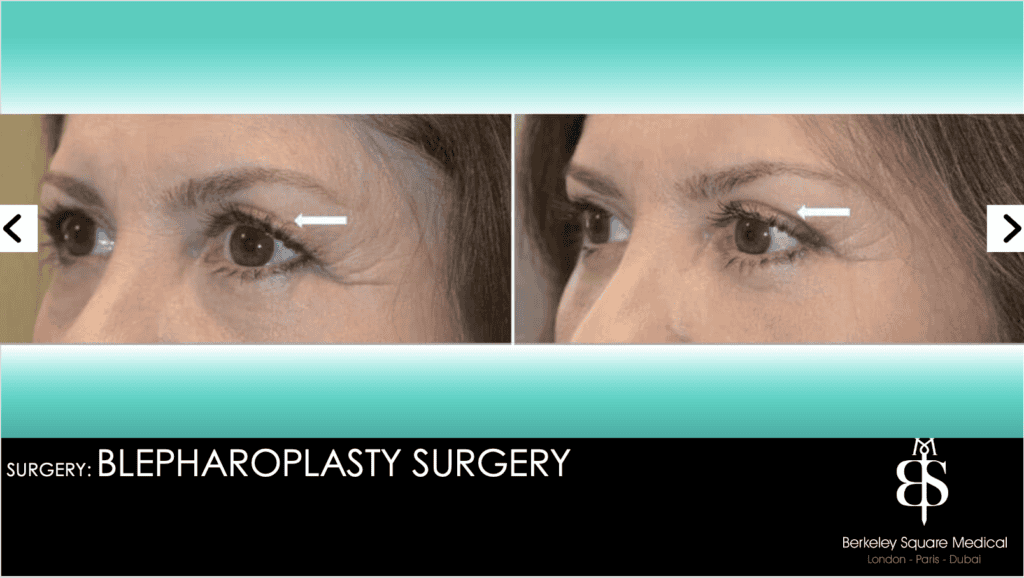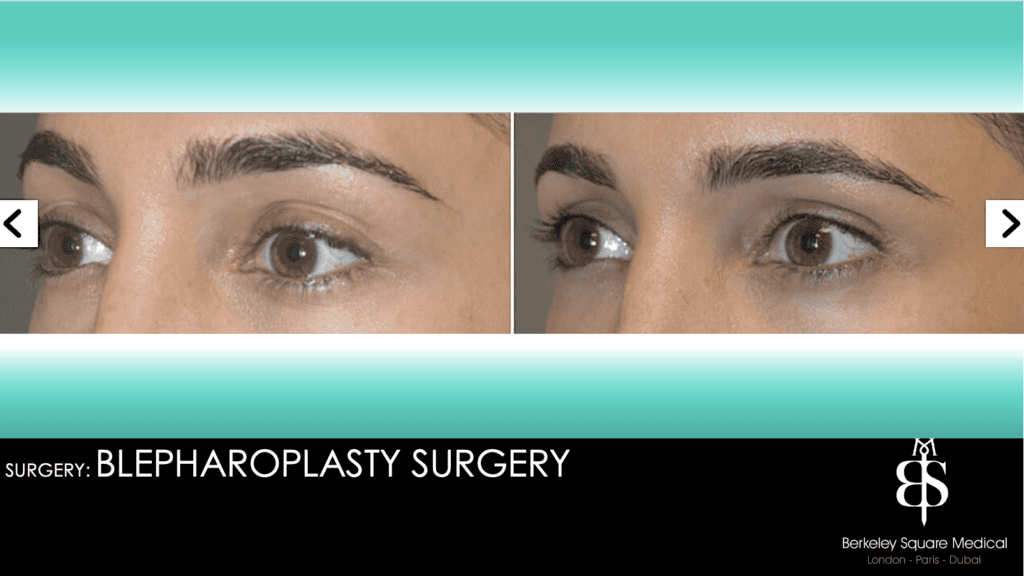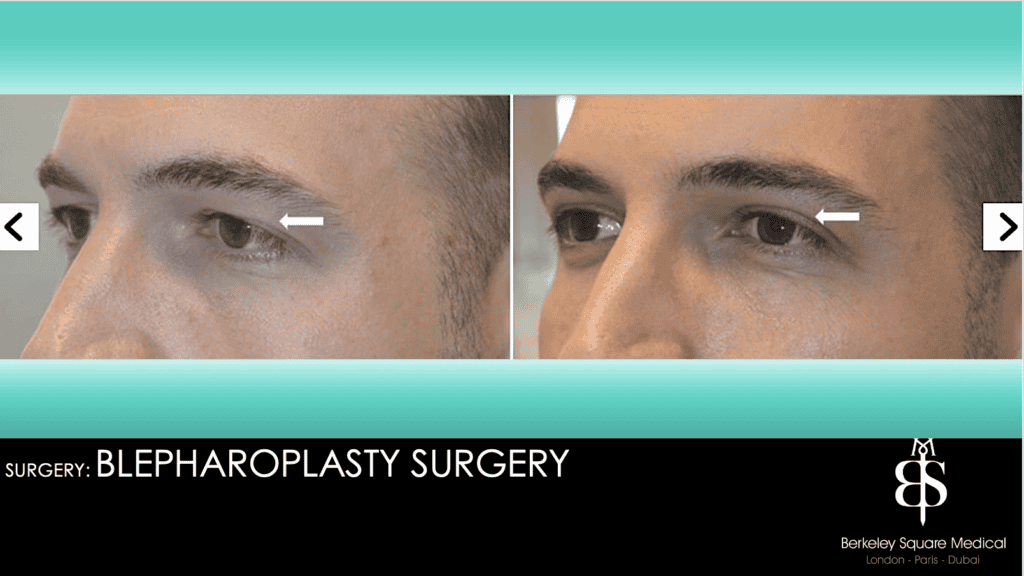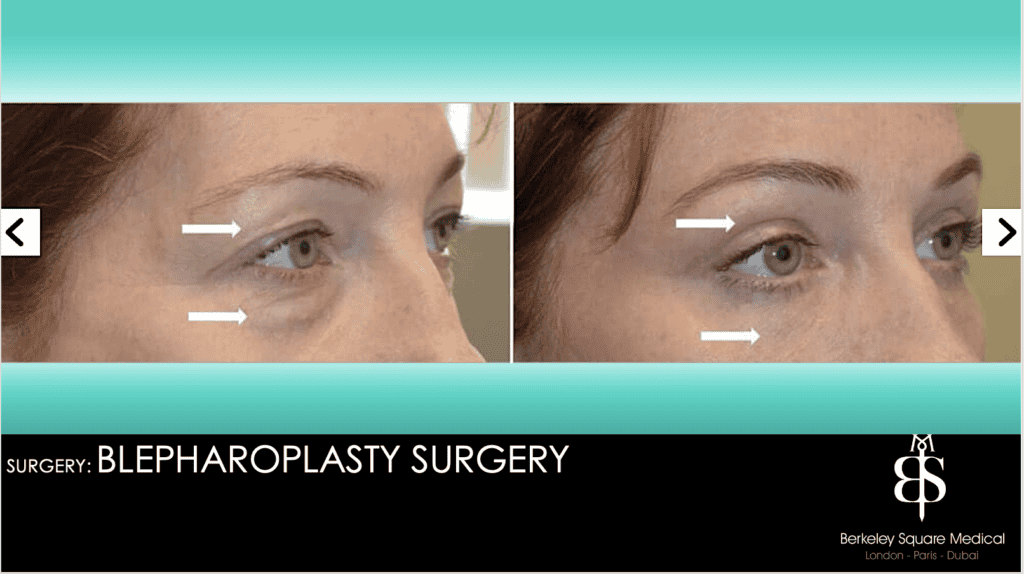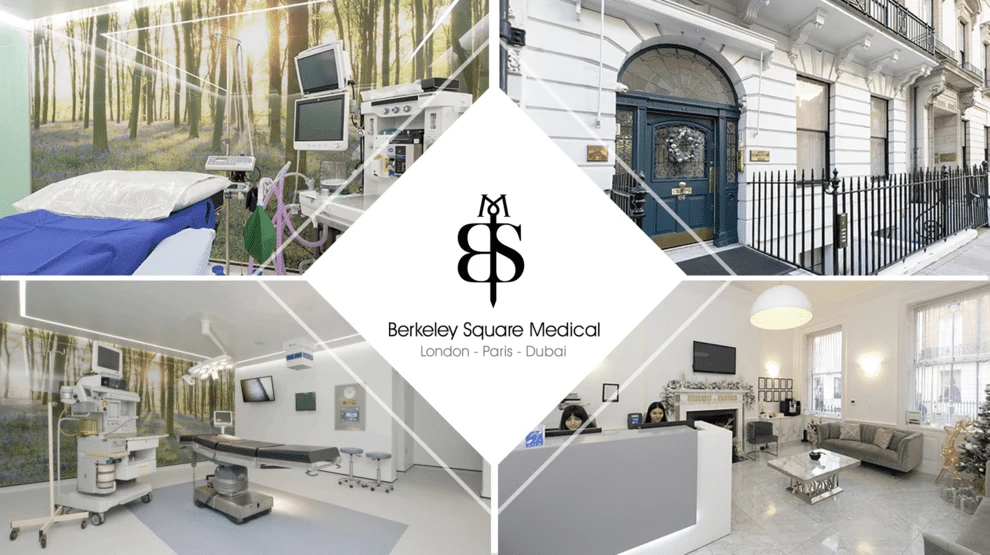Yes, there can be scars resulting from eyelid surgery (blepharoplasty), but the extent and visibility of the scars can vary depending on factors such as the surgical technique used, the skill of the surgeon, and the individual's healing process. However, our surgeons minimise scarring and place incisions in discreet locations to achieve the most natural-looking results possible. Here's what you need to know about scars from eyelid surgery:
Incision Placement:
Surgeons typically place incisions for upper eyelid surgery within the natural creases of the eyelids or along the lash line to make them as inconspicuous as possible. This placement helps to camouflage the scars and allows them to blend in with the surrounding skin texture.
Suture Technique: Surgeons use fine sutures to close the incisions carefully, which helps to promote optimal healing and minimize scar formation. Dissolvable sutures may be used, eliminating the need for suture removal and reducing the risk of visible stitch marks.
Scar Maturation: After surgery, scars go through a maturation process during which they may appear red, raised, or slightly lumpy. Over time, scars typically fade and flatten, becoming less noticeable. This process can take several months to a year or more, and the final appearance of the scars varies from person to person.
Scar Care: Proper scar care can help minimise the visibility of scars and promote optimal healing. Your surgeon may recommend using silicone-based scar gel or sheets, avoiding sun exposure, and practicing gentle massage techniques to soften and flatten the scars.
Individual Variability: Everyone's skin heals differently, and some individuals may be more prone to developing visible scars than others. Factors such as skin type, genetics, and overall health can influence how scars form and heal.
While scars are an inevitable part of any surgical procedure, most patients find that the benefits of eyelid surgery in improving their appearance outweigh concerns about scarring. Additionally, advancements in surgical techniques and scar management strategies have helped to minimise the visibility of scars and improve overall aesthetic outcomes
.
During your consultation with our plastic surgeon, we will discuss the potential for scarring, the placement of incisions, and strategies for scar management to ensure you have realistic expectations and understand how scars may affect your results. With proper care and attention, scars from eyelid surgery can often be discreet and well-concealed within the natural contours of the eyelids.



